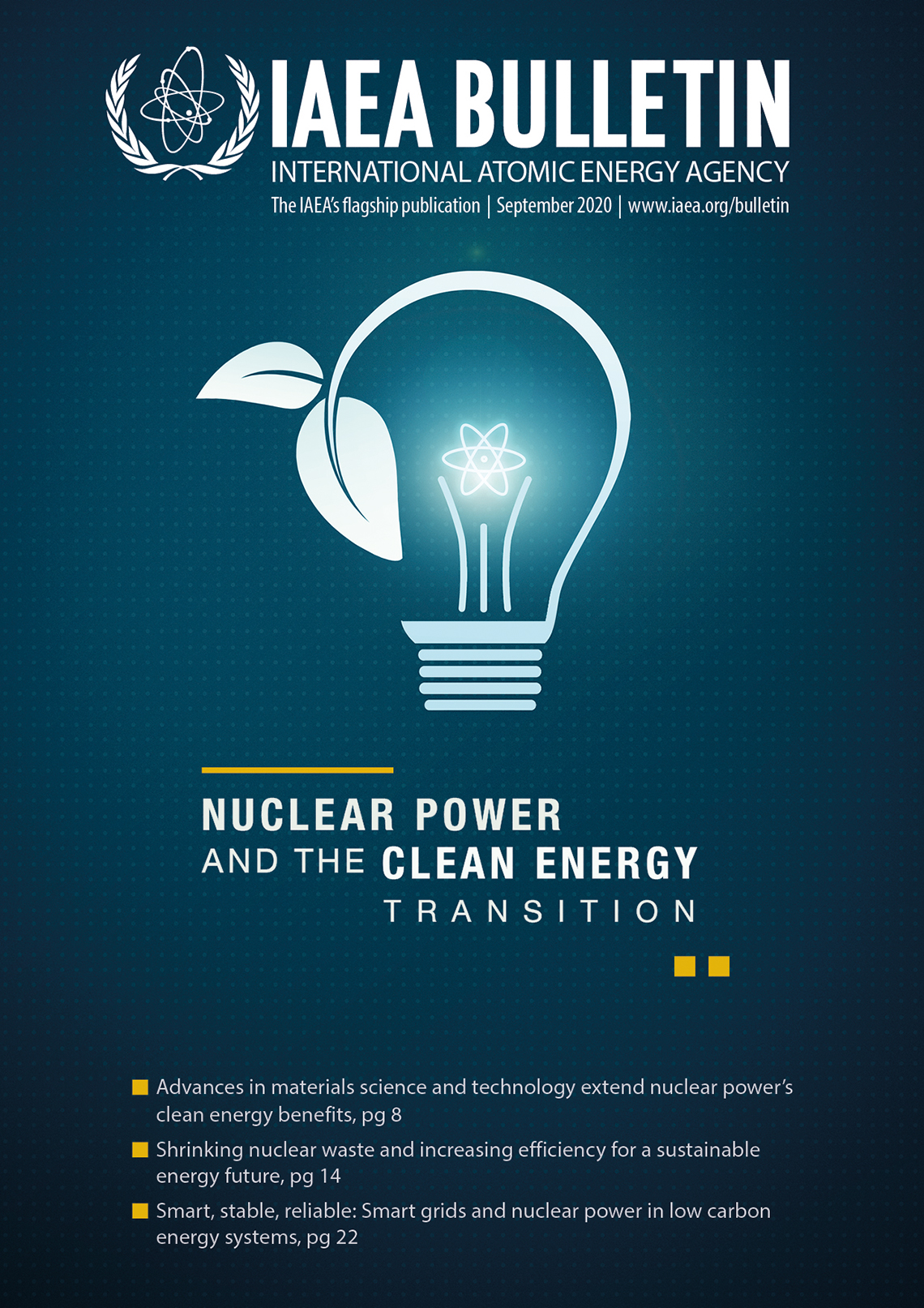Hydrogen is used in industrial processes ranging from producing synthetic fuels and petrochemicals to manufacturing semiconductors and powering fuel cell electric vehicles. In order to decrease the environmental impact of the annual production of over 70 million tonnes of hydrogen, some countries are looking to nuclear power.
“If, for example, just 4% of current hydrogen production were to be shifted to nuclear-generated electricity, this would result in as much as 60 million tonnes of carbon dioxide emissions being abated each year,” Khamis said. “And if all hydrogen were to be produced using nuclear energy, then we are talking about eliminating over 500 million tonnes of carbon dioxide emissions annually.”
Nuclear power reactors can be coupled with a hydrogen production plant to efficiently produce both energy and hydrogen as a cogeneration system. For hydrogen production, the cogeneration system is fitted with components for either electrolysis or thermochemical processes. Electrolysis is the process of inducing water molecules to split using a direct electric current, producing both hydrogen and oxygen. Water electrolysis operates at relatively low temperatures of around 80°C to 120°C, while steam electrolysis operates at much higher temperatures and is therefore more efficient. Steam electrolysis could be ideal for integration with advanced high temperature nuclear power plants, as the process requires heat input at around 700°C to 950°C.
Thermochemical processes can produce hydrogen by inducing chemical reactions with specific compounds at high temperatures to split water molecules. Advanced nuclear reactors capable of operating at very high temperatures can also be used to produce heat for these processes.
“Hydrogen production using the sulphur–iodine cycle in particular has great potential to be scaled up for sustainable, long term operation,” said Khamis. “The development of this method using Japan’s HTTR reactor design and China’s HTR–PM 600 and HTR-10 designs is very promising, and other research initiatives continue to make excellent progress.”
Several countries are now implementing or exploring hydrogen production using nuclear power plants to help decarbonize their energy, industrial and transportation sectors. It is also a way to get more out of a nuclear power plant, which can help to increase its profitability.
The IAEA provides support to countries interested in hydrogen production through initiatives including coordinated research projects and technical meetings. It has also developed the Hydrogen Economic Evaluation Programme (HEEP), a tool for assessing the economics of large-scale hydrogen production via nuclear energy. The IAEA also released an e-learning course on hydrogen production through nuclear cogeneration in early 2020.
“Hydrogen production using nuclear power plants has great potential to contribute to decarbonization efforts, but there are a number of challenges that must first be addressed, such as determining the economic viability of incorporating hydrogen production into a broader energy strategy,” said Khamis. “Hydrogen production through thermochemical water splitting processes requires innovative reactors operating at very high temperatures, and these reactors remain some years away from deployment. Similarly, the sulphur–iodine process still requires more years of research and development to reach maturity and achieve commercial scale-up status.” The licensing of nuclear energy systems incorporating non-electric applications can also be a challenge, he added.


